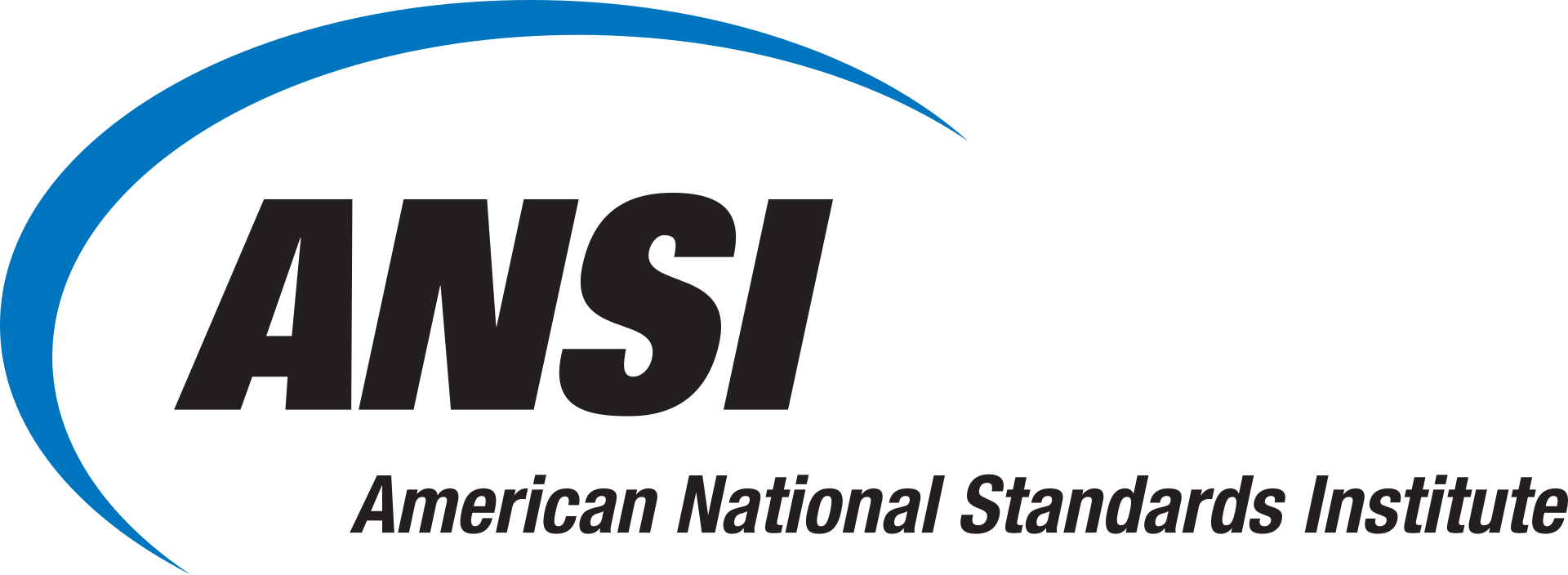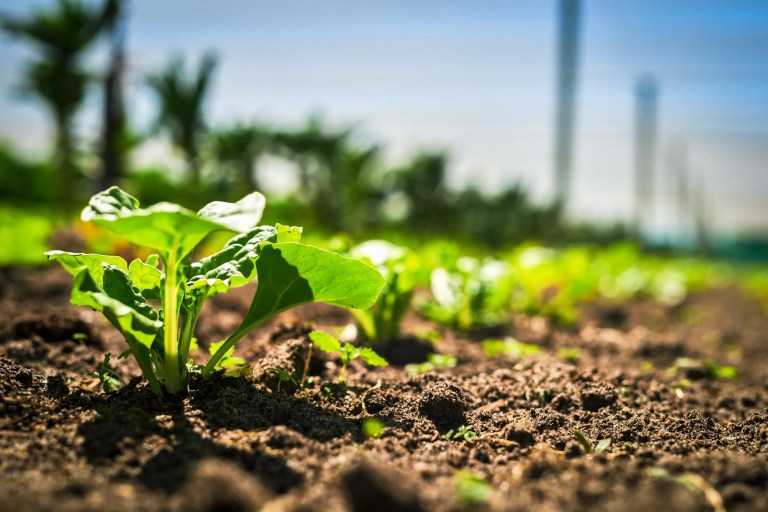Environmental Labeling (Ecolabeling): Helping Companies Demonstrate Sustainability and Consumers Make Green Choices
Not too long ago, sustainability was just a welcome addition to the heightened processes of an organization, but these days, it is a responsibility. In…









